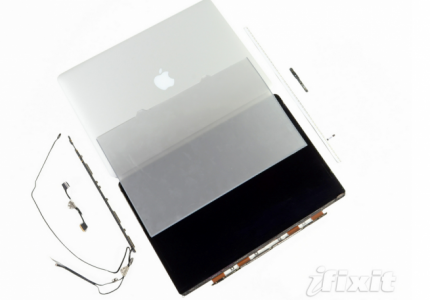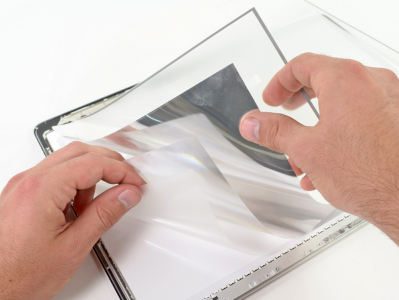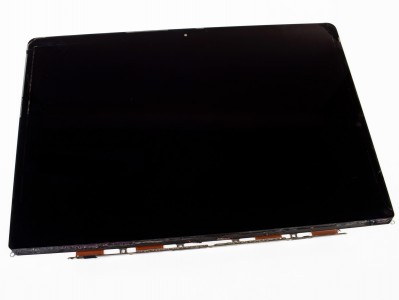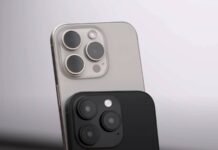Astazi cei de la iFixIt au desfacut ecranul noului MacBook Pro Retina Display si in acest articol il aveti prezentat in cateva imagini. Se pare ca Apple a reusit sa includa de 5 ori mai multi pixeli in acest ecran, daca facem o comparatie cu ecranul vechiului Mac, iar cei de la iFixIt il considera a fi “o minune a ingineriei”. Ecranul este lipit de carcasa Mac-ului si nu are un panou de sticla in fata sa, deci practic Apple a folosit carcasa MacBook-ului drept structura pentru acest ecran, iar decizia aceasta presupune ca in cazul stricarii ecranului sa fie schimbata intreaga structura, sau intregul Mac.
The Retina display is an engineering marvel. Its LCD is essentially the entire display assembly. Rather than sandwich an LCD panel between a back case and a piece of glass in front, Apple used the aluminum case itself as the frame for the LCD panel and used the LCD as the front glass. They’ve managed to pack five times as many pixels as the last model in a display that’s actually a fraction of a millimeter thinner. And since there’s no front glass, glare is much less of an issue.
In alta ordine de idei, Retina Display-ul are doar 7 mm la cel mai gros punct si 3 mm la cel mai subtire, la baza sa stau 48 de LED-uri care asigura iluminarea intregului ecran si ar trebui sa stiti ca efectul cunoscut generic drept “glare” nu va mai fi o problema multumita renuntarii la panoul frontal de sticla. Se presupune ca doar acest ecran ar costa in jur de 150$, o suma foarte mare pentru o singura componenta, insa toti cei care l-au testat pana acum il lauda din toate punctele de vedere.
- The Retina display is a hair over 7 mm at its thickest point and just over 3 mm at its thinnest, only a fraction of a millimeter thinner than the regular MacBook Pro.
- The display hinges have cables routed *through* them, without any means to remove the cables. So instead of routing cables underneath cable retainers (as in the non-Retina MacBook Pro), you just have to replace the cables and hinges together.
- The FaceTime HD camera interfaces with the rest of the computer via a Vimicro VC0358 USB camera interface IC.
- Underneath the top layer we find a series of films and sheets that manipulate light before sending it to the user’s eye.
- A strip of 48 LEDs at the bottom of the display assembly provides all the light your Retina display needs.
- The bottom edge of the case has two features that we found pretty neat: a laser engraved internal use code and a nifty arrangement of round indentations.




















